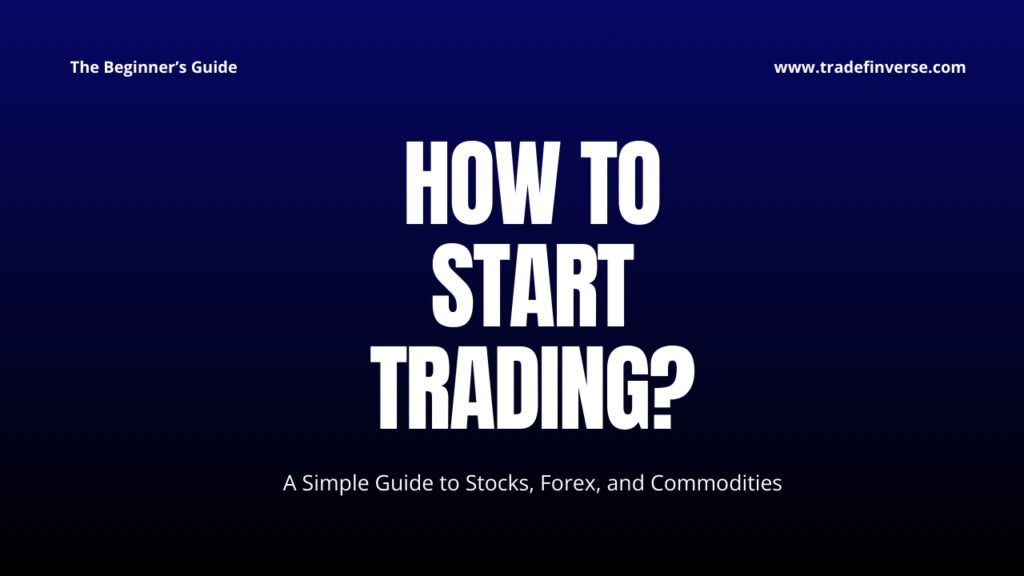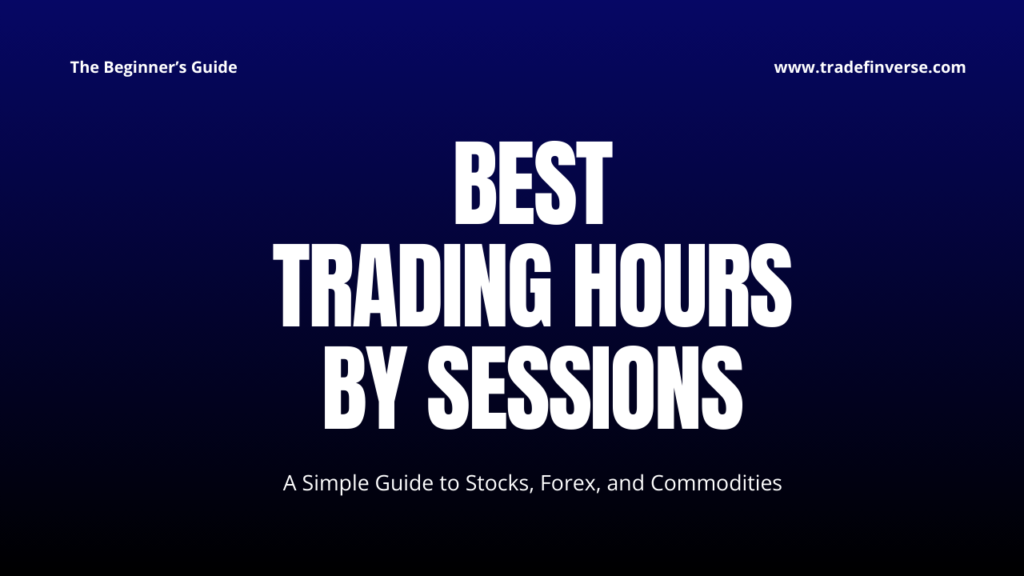Forex, short for foreign exchange, is the global market where currencies are traded.
It’s the largest and most liquid financial market in the world, operating 24/5. Forex trading involves buying one currency while selling another, aiming to profit from changes in exchange rates.
What is Forex and Forex Trading?
Forex (short for “foreign exchange”) is the world’s biggest financial market. It’s where people and companies exchange one currency for another—like turning US dollars into euros.
With over $6.6 trillion traded every day, Forex is open 24 hours, five days a week. It’s popular for its high liquidity, low starting costs, and flexible trading hours.
Forex trading is the act of buying one currency while selling another to profit from changes in exchange rates.
What is Forex and How It Works
How the Forex Market Works?
The Forex market is a global, decentralized market. It doesn’t have a physical location like a stock exchange. Trades happen electronically between banks, brokers, and traders all over the world.
Forex Trading Sessions
Forex trading runs 24 hours, Monday through Friday. Here’s how the market breaks down by session:
| Market Session | Time (EST) |
|---|---|
| Sydney | 5 PM – 2 AM |
| Tokyo | 7 PM – 4 AM |
| London | 3 AM – 12 PM |
| New York | 8 AM – 5 PM |
Understanding Forex Currency Pairs
In Forex, currencies are always traded in pairs, such as EUR/USD (Euro vs. US Dollar).
- Base Currency: The first one (EUR)
- Quote Currency: The second one (USD)
First currency (EUR)
Second currency (USD)
Types of Currency Pairs
| Type | Examples | Details |
|---|---|---|
| Major Pairs | EUR/USD, GBP/USD | Most traded, low spreads, high liquidity |
| Minor Pairs | EUR/GBP, AUD/CAD | Less traded, no USD involved |
| Exotic Pairs | USD/TRY, GBP/ZAR | One major + one emerging market currency, more risky |
| Regional Pairs | EUR/SEK, AUD/NZD | Based on geographic regions, good for advanced traders |
Key Forex Terminologies You Should Know
Must-Know Forex Terms
Spread
The gap between buy (bid) and sell (ask) price.
Example: If EUR/USD is 1.1200 (bid) and 1.1205 (ask), the spread is 5 pips.
Pip
Smallest price movement in a pair. Usually 0.0001.
Example: If EUR/USD moves from 1.1200 to 1.1201, that’s a 1 pip movement.
Leverage
Borrowed funds to control bigger trades.
Example: With 100:1 leverage, you can control $100,000 with only $1,000 of your own money.
Margin
Your deposit to open a leveraged trade.
Example: If you want to open a $10,000 position with 10% margin, you need to deposit $1,000.
Lot
Trade size. Standard = 100,000 units.
Example: A standard lot is 100,000 units of currency; a mini lot is 10,000 units.
Stop-Loss
Tool to close a trade at a set loss level.
Example: If you set a stop-loss at 1.1000, your position will close if the price reaches 1.1000, limiting your loss.
Long/Short
“Long” means buying, “short” means selling.
Example: If you buy EUR/USD, you’re going long. If you sell EUR/USD, you’re going short.
How to Trade Forex: Step-by-Step Guide
Starting Forex trading is easier than you think. Follow these steps:
Risks and Rewards: Is Forex Trading Right for You?
Benefits and Risks of Forex Trading
- Low entry cost
- High liquidity
- Potential for profits with leverage
- High volatility
- Leverage can multiply losses
- Emotional stress
Always use risk management tools like stop-loss orders, and never trade more than you can afford to lose.
Conclusion
Forex trading gives you the chance to explore the world’s largest market—but only with the right knowledge and discipline. Learn the basics, try a demo, and slowly build confidence before you go live.

